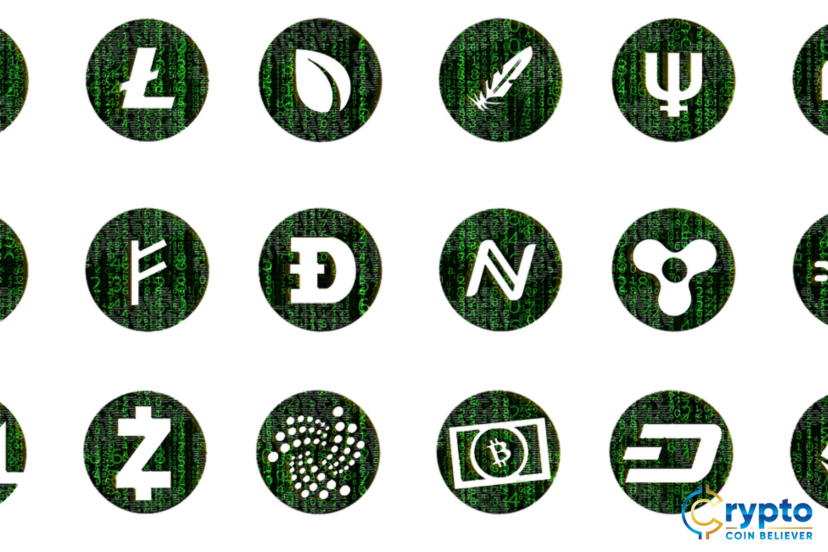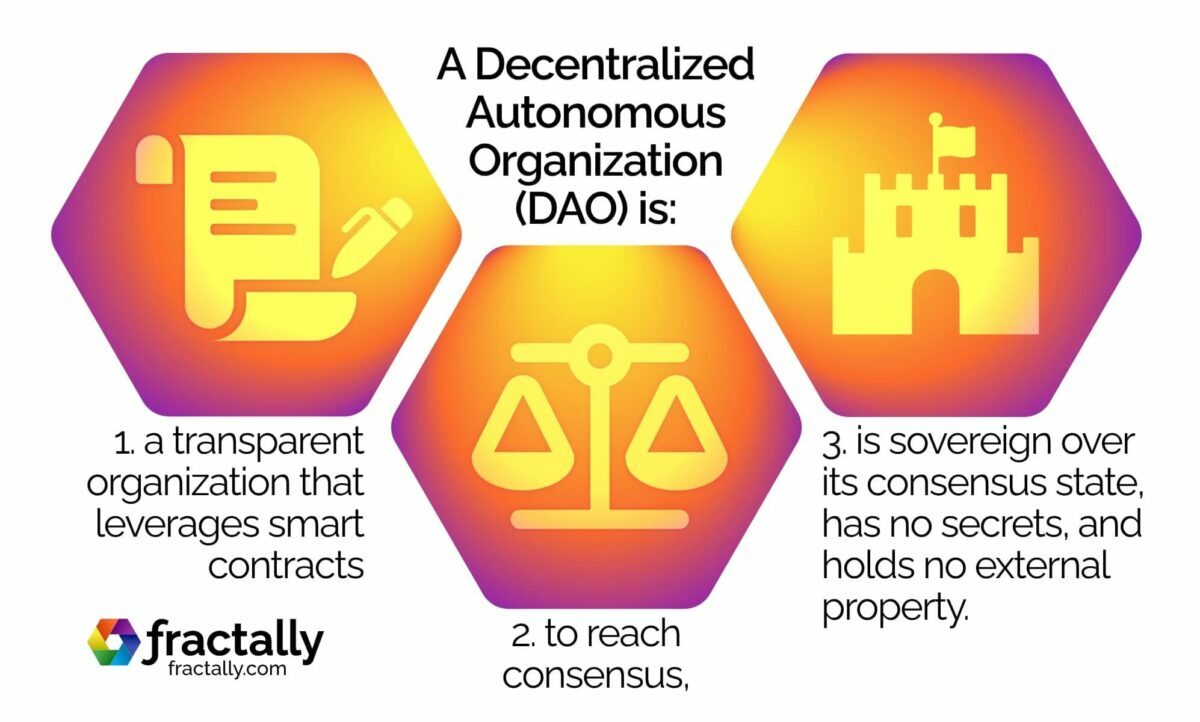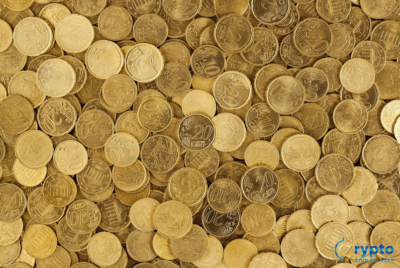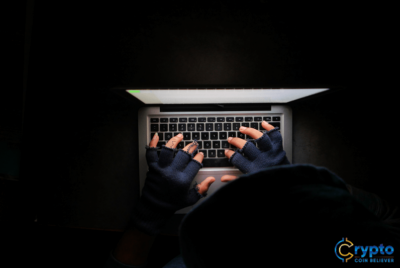In recent years, the world of cryptocurrencies has experienced tremendous growth in popularity and awareness. More…
Decentralized Autonomous Organization (DAO) in Crypto 101

A decentralized autonomous organization (DAO) is a regulatory body in the crypto network.
However, it differs from the conventional oversight groups wherein power resides in a single entity like the central government. In a DAO, groups of participants or investors hold the authority to make decisions.
This blog post will explain all about the decentralized autonomous organization.
What is a Decentralized Autonomous Organization (DAO)?
From the first word in its name, the decentralized autonomous organization is a group that oversees its own operations as a group. The decisions made are borne out of collective consensus. There is no central figure in this system. The community members get equal rights, especially voting rights, and get to join dealings that concern the status quo or future path of their company.
Investors become part of the DAO through the purchase of governance tokens that is specific to the DAO that they want to join. The members come from any country and most often use Discord channels as their mode of communication.
Short History of Decentralized Autonomous Organization (DOA)
A German-based developer, Slock.it, established the first DAO using the Ethereum blockchain (read more about Christoph Jentzsch’s narrative about the DAO). Their vision is to facilitate real-world transactions like paying rent and buying and selling real estate through the blockchain. In that way, there would be no need for a middleman.
Slock.it’s DAO served as a fundraising campaign back in 2016. It was similar to GoFundMe. But what set it apart from the other crowdsourcing platforms was the voting power it gave to investors every time they put in money for the capital of Slock.it.
An article that The Economist published reported that Slock made 14% of the total number of Ethereum cryptocurrencies that existed during that year. Their fundraising platform eventually evolved into a venture capital fund.
As per Coindesk’s report, Slock.it held the most prominent crowdfunding in 2016. They raised an estimated amount of $150 million worth of ETH from over 11,000 investors from May to June of that year.
Sadly, in June 2016, their DAO was hacked. As a result, they lost around $50 million or 3.6 million ETH. Slock.it wasn’t dissolved, but that hacking incident adversely affected its DAO.
Decentralized Autonomous Organization (DOA) Mechanism

A core group organizes the operating principles of a decentralized autonomous organization. It is relayed through smart contracts. When the rules are integrated into the blockchain, its funding comes next.
The team needs to raise money or receive investments and distribute governance to the people who will support them. Hence, they sell governance tokens to gather funding.
Afterward, people receive specific member voting rights that are proportional to their invested money.
Granting that the DAO team achieves its target amount through its native token, their decentralized autonomous organization is ready for full operations.
The Why of a Decentralized Autonomous Organization (DOA)
As an internet-native organization, DAO is trustless. It only needs to trust the smart code execution. The decentralized autonomous organization empowers its users with authority on a collective basis.
The decentralized structure encourages higher participation from its investors. Having a say and getting to vote on important matters makes people feel important in a certain community. With this in mind, each member of a DAO will use their DAO tokens in ways that will benefit the community the most.
In addition, transparency is an essential part of any decentralized autonomous organization. The votes are viewable by the public. Hence, the investors know that their reputation is at stake should they ever decide to do something harmful to the community.
Most importantly, there is a sense of affinity in the DAO community. They cooperate with each other to achieve a shared vision. They know that their contributions make an impact in many ways.
Decentralized Autonomous Organization (DOA) Drawbacks
Security
Malicious actors may steal from the reserves if their security level is not up to date. The developers of the DAO must always work to secure its vaults so that trust among the participants will not be broken, and it will be secure against any crypto scams and hacks.
Inefficiency
The DAO core group runs a risk of being time inefficient. They need to explain how things work, present the initiatives, discuss strategies and conduct onboarding sessions for the new token holders. All these things take up too much time and can cause a lag in other urgent activities.
Educating the Users
Diverse people make up a decentralized autonomous organization’s community. This means they have different educational histories, work experiences, and personal beliefs. Bringing them together and teaching them about how the DAO works can be a real challenge.
Speed
When a system has the possibility of becoming inefficient, it will also face speed issues.
In a DAO, the voting can be pretty slow considering that it is a worldwide group. Investors need a longer voting timeline because of differences in the time zone and life circumstances.
Types of Decentralized Autonomous Organization (DAO)

There are 8 kinds of DAOs. Each one differs in their built-in purpose. For instance, a protocol DAO is the generic type of DAO. Its primary purpose it to uphold and facilitate the progress of decentralized exchanges and Dapps. On the other hand, grant DAOs provide capital funding to grant pools. Then, the investors vote on the distribution and allocation of these funds.
The other 6 DAO types are Philanthropy DAOs, Social DAOs, Collector DAOs, Venture DAOs, SubDAOs, and Media DAOs.
Philanthropy DAOs use crypto altruistic purposes. Social DAOs bring together developers and innovators. While, the collector DAO gathers funds from the community to form commingling funds. This allows the members to divide the costs among them and gives them a chance to obtain special tokens from the Web3 network.
In addition, Venture DAOs act as launching platforms for early-stage crypto projects of various forms. They offer capital to start-ups while broadening the portfolio options of investors. Media DAO give content creators the space to publish their works and exhibit their talents without the need for managers, agencies or advertisers.
Lastly, there are SubDAOs which are independent small-scare groups existing within a bigger DAO. SubDAOs can mature into a larger DAO if it receives enough funding and community support.
Final Word
In conclusion, the decentralized autonomous organization serves as the best solution to the principal agent dilemma for now. This means that conflicts arise between the principal (person or group) and the agent (authorities or regulating companies).
The number of companies using DAO grows by the day. It works for specific use-cases but its effectivity in real-world application is still unknown. Since that real-life situations can have an unpredictability factor, it can make on wonder how the codes in the blockchain will react to solve it.
For the most part, the DAO is an additional step to figuring out a fully-effective and trustworthy decentralized ecosystem. It is the start of many innovations to come.




This Post Has 0 Comments